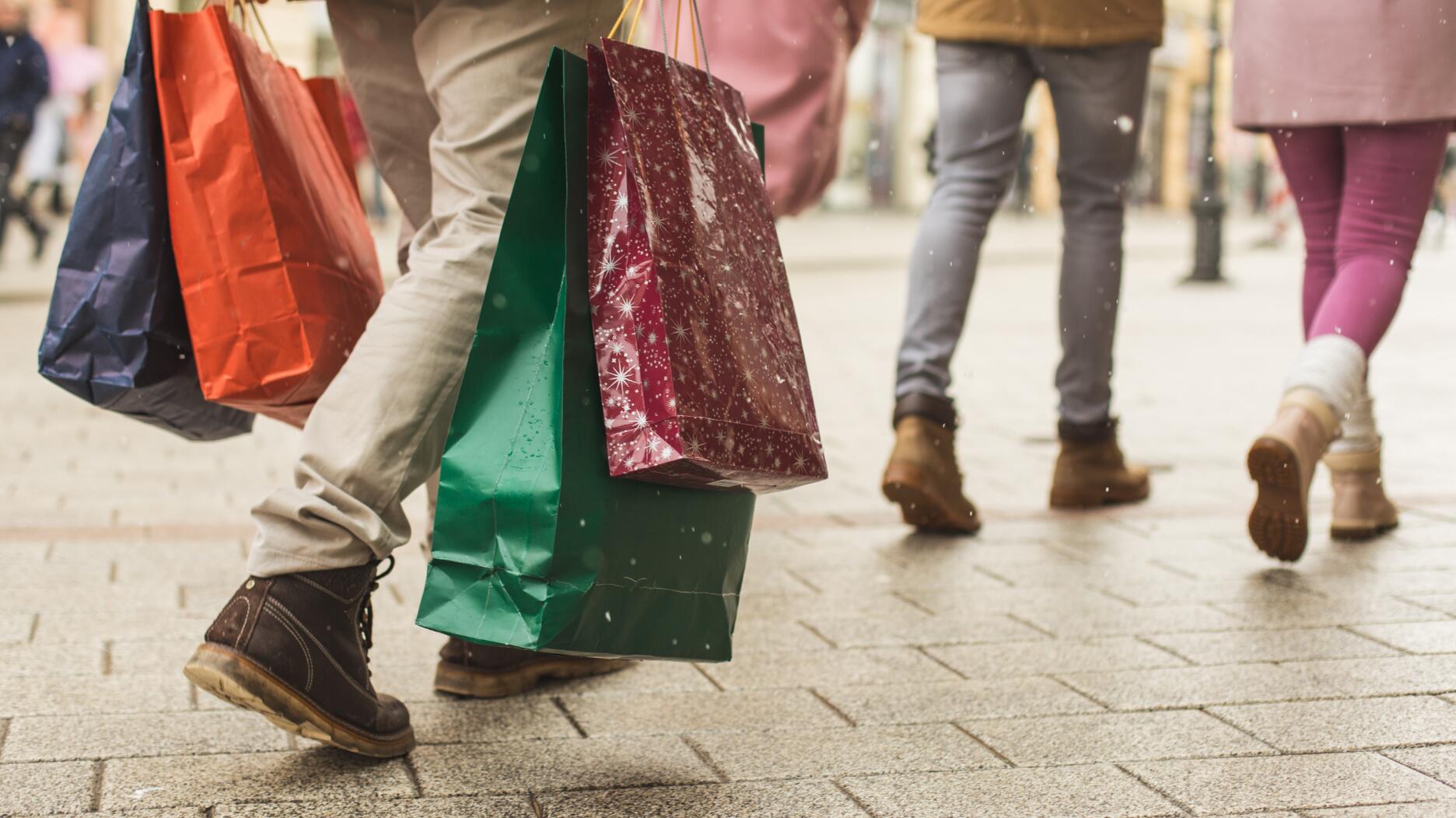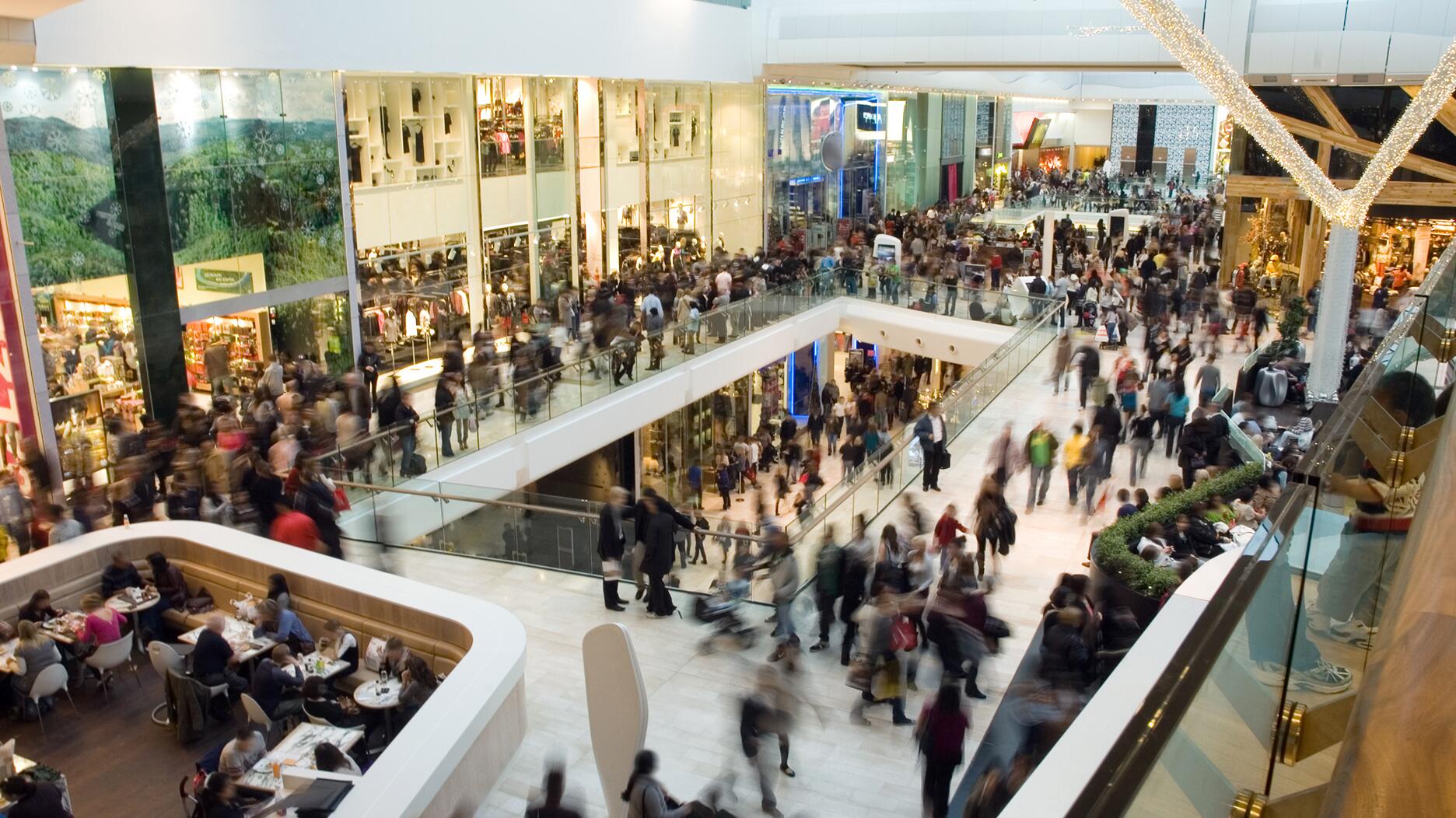The luxury goods company said founder Ippolita Rostagno will remain at the brand’s helm.
10 Retail Trends Expected to Dominate 2017
In its latest market brief, Synchrony Financial predicted that technology and convenience will drive the segment this year.
New York--Technology’s influence is so strong in today’s world that it is starting to drive trends rather than just being a response to them.
In retail, it’s playing an equally large part as many of the trends that are shaping the market seem to be a confluence between the consumer behavior and tech.
Here are the 10 trends that will drive retail according to Synchrony Financial and what they mean for retailers.
1. Interactive shopping experiences. There’s a lot of research that shows that not only do consumers value experiences over owning things, but they will pay a premium for the experiences they think are worth it. This spans all income groups and generations.
The most innovative retailers are leveraging this trend to get consumers into stores by transforming stores into experiences themselves. Think Williams Sonoma with its in-store cooking classes and REI with its rock climbing walls.
Offering these kinds of experiences entice the consumer to stay in the store longer, browse more and feel more connected to the brand.
2. Augmented and virtual reality. Brands in all consumer product categories are using virtual reality for advertising purposes, not only for 360-degree and 3-D videos, but also for content creation with immersive storytelling and product demonstrations to help consumers experience the products in a way they wouldn’t have before.
A great example of how a virtual reality app can create excitement and engagement is the über- popular Pokémon Go game.
3. Healthy living. Consumer spending on healthy living goods continues to grow.
The Organic Trade Association said consumer demand for organic food has grown by double digits almost every year since the 1990s. Meanwhile, the number of gyms, health clubs and fitness clubs has grown over the past five years while sales for products related to the segment have grown and athleisure has drastically expanded as an apparel category.
4. The “robot invasion.” While not something quite as dramatic as what you might see in the movies, robots have quietly been making their way into the retail segment, mainly in the areas of logistics and customer service.
Some retailers also have brought robots and artificial intelligence into the store, where they have been used to identify products, retrieve items in the warehouse for shoppers and instantly order products.
Target, for example, recently started testing Tally, a robot that travels through the aisles and takes inventory.
5. “Socializing” between brands and consumers.
In Synchrony’s 2016 Digital Study, the company found that about half of those surveyed said they have purchased a product as a result of social media, compared with only about a third in 2015. The content that makes an emotional connection to the brand, offering a break from sales posts, is the most successful.
6. The ship-to-store option. The concept of ordering an item online and having it shipped to a store benefits both consumers and retailers, Synchrony said.
It saves consumers on shipping charges and the time it takes to browse through aisles for the product they want while retailers are able to drive traffic into their store where customers are likely to pick up other items.
It also gives the retailer the opportunity to fulfill the order from store inventory when available, eliminating additional transportation costs.
7. A new purchase channel: “conversational” commerce. With the launch of the Amazon Echo, a new channel of interaction for consumers was opened--the voice channel. Consumers can order directly from it simply by speaking to Alexa, the “brain” behind the Echo.
Now Google is getting into the game with development of the Google Home software. Even though this technology still is cutting edge, more retailers might also develop voice-based functionality for purchases as it becomes more widely adopted.
8. Partnerships and pop-ups. New retail models have sprung up as retailers look to innovate in the form of shop-in-shops and pop-up shops. They have become ubiquitous in all segments of the market and offer the opportunity for greater reach and to attract new consumers at a lower cost.
For retailers who want to test it out with a low cost and quick concept, partnering with other retailers or setting up a pop-up shop might be the best way to do so.
9. The emergence of a cashless society. Cash is no longer king. The movement started with credit and debit cards and continues today as new technologies take hold.
Though mobile wallets (such as Apple Pay and Samsung Pay) have been around for a few years now, consumer awareness has just started skyrocketing within the past year or so--it’s up from 55 percent in 2015 to 81 percent last year. Regular use is expected to increase again in 2017 as more retailers adjust their point-of-sale systems to accept the tech.
The benefit of a cashless society is not only ease and convenience for consumers, Synchrony said, but also for retailers, offering not only a seamless point-of-sale experience that speeds up checkout but also customized promotions and personalized marketing.
10. The Internet of Things. What is the Internet of Things? It’s the network of physical objects, like devices, buildings, etc., that are embedded with electronics, software, sensors and network connectivity, enabling them to collect and exchange data.
The tech behind it allows consumers to buy whatever they want, whenever they want.
The benefit for merchants in the Internet of Things is that more data is collected in more places, which can provide great insights into consumer behaviors, market trends, buying pattern and engagement, allowing for more personal interactions and offers.
The Latest

Laura Burdese, who joined the Italian luxury brand in 2022, will take on the role in July.

The National Jeweler editors revisit the most noteworthy industry happenings and design trends from 2025.

How Jewelers of America’s 20 Under 40 are leading to ensure a brighter future for the jewelry industry.

Need a gift for the cat lover who has everything? Look no further than our latest Piece of the Week.


It purchased the “Grosse Pièce,” an ultra-complicated Audemars Piguet pocket watch from the ‘20s, for a record-breaking price at Sotheby’s.

The lab-grown diamond grower now offers custom engagement and fashion jewelry through its Kira Custom Lab Jewelry service.

Roseco’s 704-page catalog showcases new lab-grown diamonds, findings, tools & more—available in print or interactive digital editions.

Chandler got his start at Michelson Jewelers and has served as DCA president and CEO since 2001. He will retire at the end of the month.

The boutique is slated to open this week inside Terminal 8, offering pre-owned Rolex watches and more to international travelers.

Sponsored by Digital Monitoring Products

The special-edition egg pendant ingested in a New Zealand jewelry store was recovered after a six-day wait.

Associate Editor Natalie Francisco plays favorites with Piece of the Week, selecting a standout piece of jewelry from each month of 2025.

The “Love and Desire” campaign is inspired by the magic that follows when one’s heart leads the way, said the brand.

Two awardees will receive free tuition for an educational course at the Swiss lab, with flights and lodging included.

Berta de Pablos-Barbier will replace Alexander Lacik at the start of January, two months earlier than expected.

Sotheby’s held its first two jewelry sales at the Breuer building last week, and they totaled nearly $44 million.

Winners will receive free registration and lodging for its fourth annual event in Detroit.

Here are six ideas for making more engaging content for Instagram Reels and TikTok, courtesy of Duvall O’Steen and Jen Cullen Williams.

The honorees include a notable jewelry brand, an industry veteran, and an independent retailer.

Carlos Jose Hernandez and Joshua Zuazo were sentenced to life without the possibility of parole in the 2024 murder of Hussein “Sam” Murray.

Yood will serve alongside Eduard Stefanescu, the sustainability manager for C.Hafner, a precious metals refiner in Germany.

The New Orleans jeweler is also hosting pop-up jewelry boutiques in New York City and Dallas.

Set in a Tiffany & Co. necklace, it sold for $4.2 million, the highest price and price per carat paid for a Paraíba tourmaline at auction.

The jeweler’s “Deep Freeze” display showcases its iconic jewelry designs frozen in a vintage icebox.

Take luxury gifting to new heights this holiday season with the jeweler’s showstopping 12-carat sphene ring.

This year's theme is “Unveiling the Depths of the Ocean.”





























